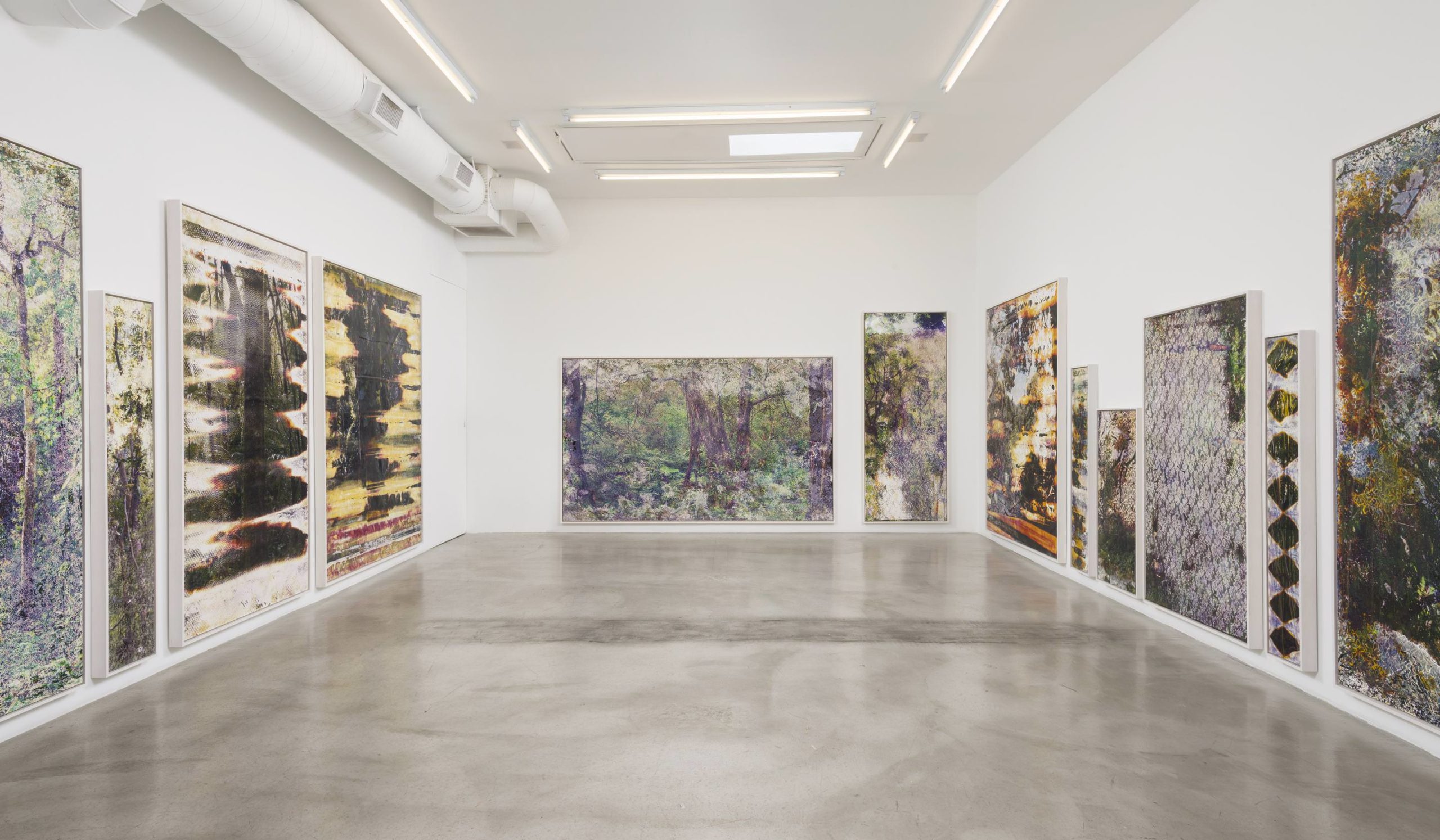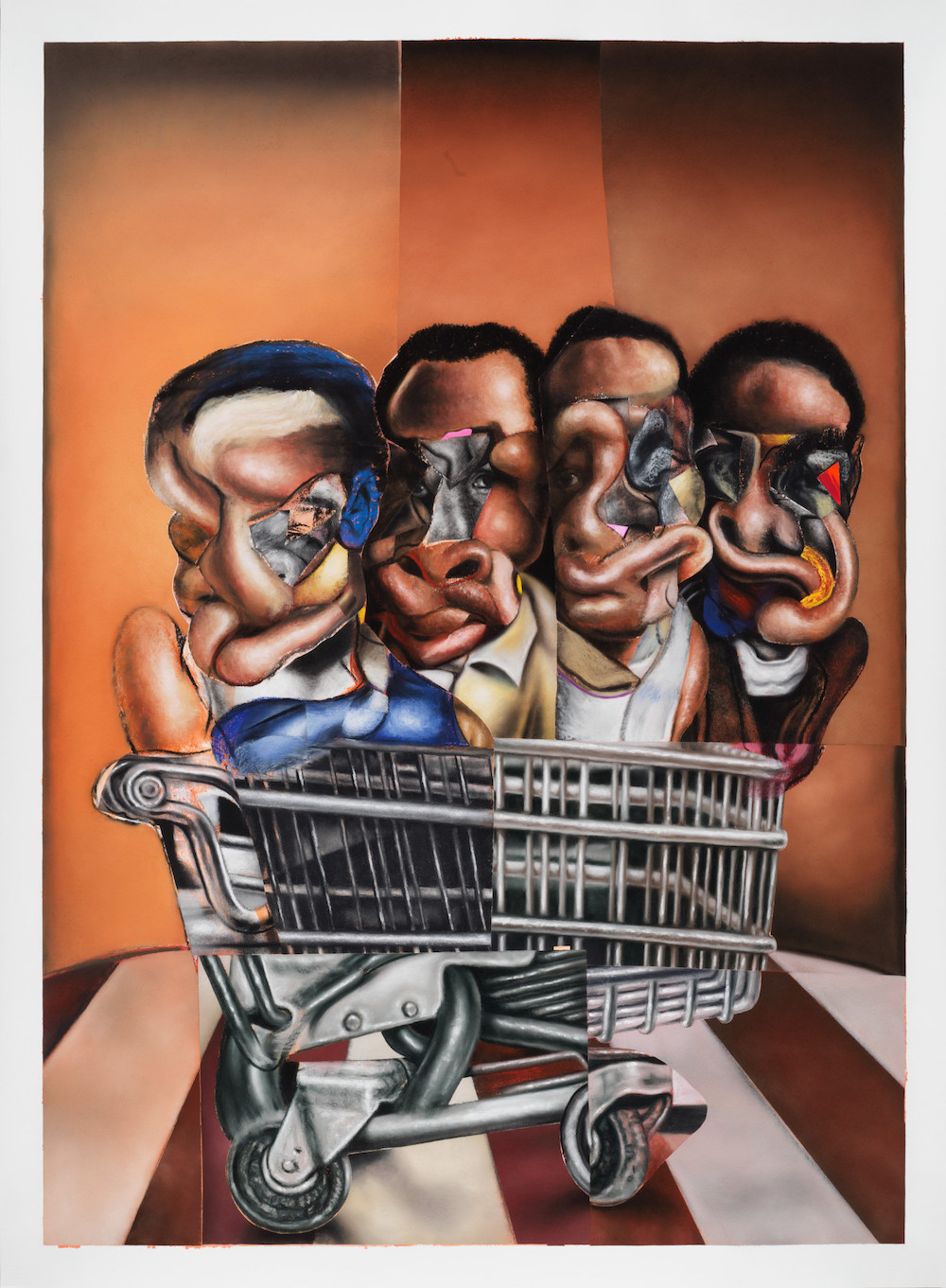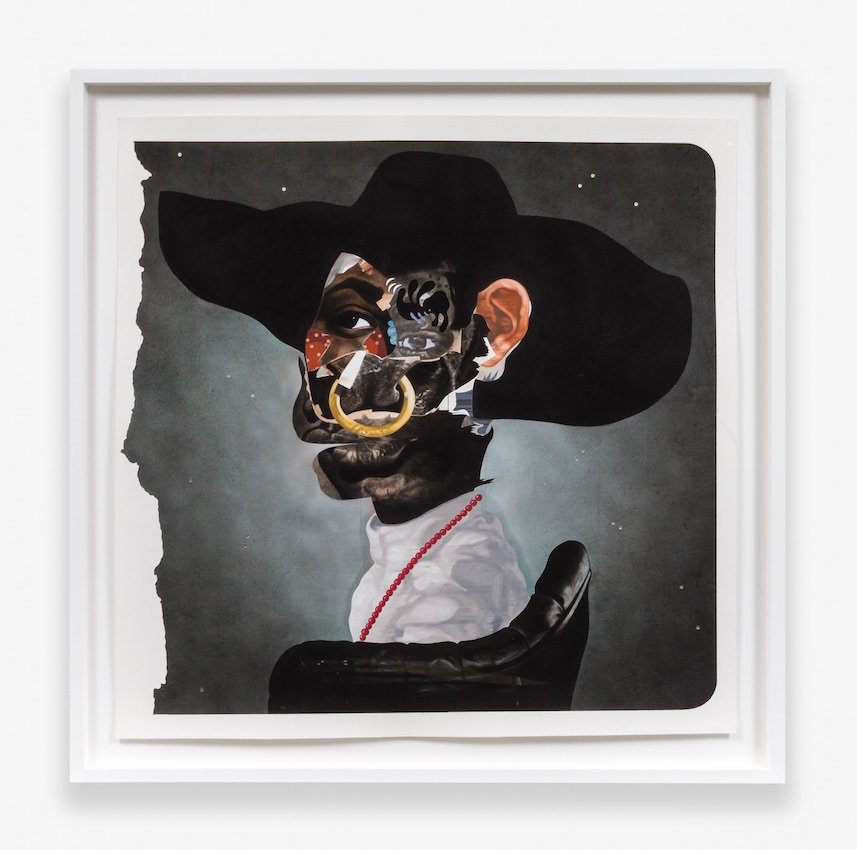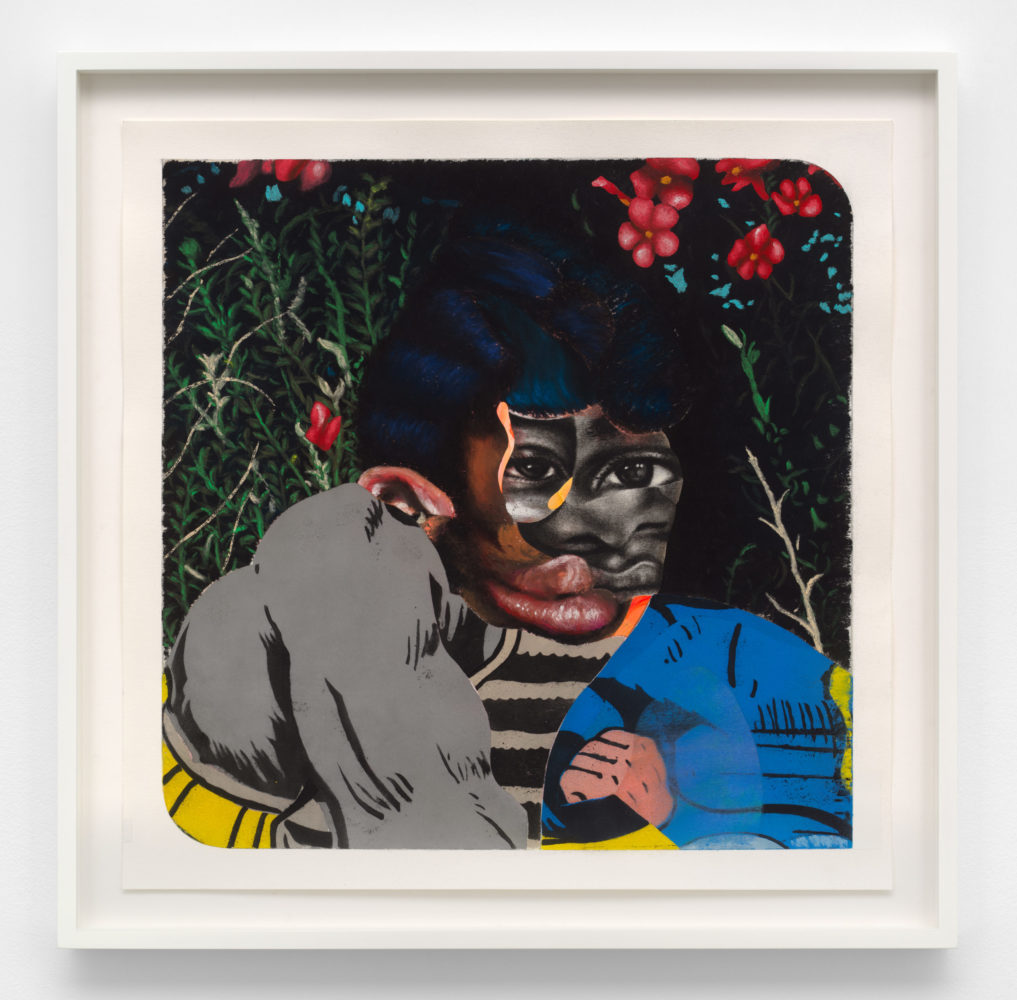Whitewall talks to Benjamin Trigano about the evolution of M+B Gallery in Los Angeles, transitioning to two spaces: M+B Art and M+B Photo.
WHITEWALL: You moved to Los Angeles from Paris 13 years ago. What prompted that initial move?

Photographs courtesy of Jeff McLane for M+B Gallery, Los Angeles.
BENJAMIN TRIGANO: I also have another activity, hotels, and I came here initially to work on a hotel project, The Parker Meridien in Palm Springs. I eventually left that and wanted to do something, and I decided to open a gallery.
WW: How did you arrive at the decision to open a gallery focused on photographic art?
BT: I had been collecting photography for a while. I saw there was an opportunity in L.A., because there were either established galleries or younger galleries, and everybody was focusing mostly on contemporary art. I started going after showing work that hadn’t been shown here, mostly social documentation of important American moments, like surf movement or Hunter S. Thompson’s estate of photos he took that were inspiration for his books. One thing led to another and we started doing more photography, and as we evolved and the nature of photography evolved by itself, fast-forward and we decided to specialize more in contemporary artists working within the photography medium. We became somewhat of a destination for that.
And by doing this, we didn’t want to just close ourselves off, so we opened up the program, and started branching out [beyond photography]. We just picked up our first painter, Nathaniel Mary Quinn.
WW: You described the artists as working within the medium of photography, rather than “photographers.” Why that distinction?
BT: You know, we were the first to show Sam Falls, who started as a photographer, but most of the artists didn’t want to be labeled or put in a photography gallery, per se. That was the biggest hurdle. We worked really hard. We have really great collectors, and the network of galleries we have are not necessarily photography galleries; it’s more than that. It has set us apart from a lot of the photo galleries artists were used to seeing.
I thought it was important for us to find a niche. If we are going into photography, we have to try it differently. In a way we got lucky not being from that world.
WW: Were conceptual photographic works by artists like Matthew Brandt or Mariah Robertson initially tricky to explain to certain audiences or collectors?
BT: The interesting thing is that it’s always easier to talk about or bring artist like this to collectors because visually it is so pleasing. Matt was this protégé of Jim Welling and people like that, which makes sense to art people and photo collectors. Some are more conceptual like Phil Chang, so photo people don’t get it but art people love it. It’s a balance. We mix it up. I think people enjoy that, too. The world has changed since we started.
WW: You recently officially split the gallery into two programs, M+B art and M+B photo. And you mentioned bringing on painters like Nathaniel Mary Quinn. Are there any other new additions?
BT: Yes, we had to do that. And it was just important to make it clean and different. We also have Jesse Stecklow. It’s funny because we have to work the same way we worked initially. We started showing artists people didn’t want to show. Matt had never shown anything; Alex Prager maybe one show; Sam [Falls] had only one show. For all these others we’ve had to go out and fight harder. Jesse was an undergrad from UCLA, but he is phenomenal. Dwyer Kilcollin had also just graduated. It’s always like we are starting again and again at the beginning, proving to people over again that we can find new talent. But that’s what we like; we like to reinvent ourselves. It’s more exciting than picking out artists that already exist in New York. It’s interesting to build a gallery around new things.
We’re keeping our eyes open. There is a lot happening. Everybody is very excited about L.A., and you start thinking, “Maybe I should look somewhere else.”
WW: Everyone also gets excited about the element of celebrity collectors in L.A. How much of that is really part of the art community there?
BT: You know who is about that is the artists. If you tell them their work is picked up by a museum, they are equally excited, but sometimes also if you tell them a celebrity picked up their work, they get really excited. Elton John loves Mariah Robertson’s work, and the cover of his new album shows Elton in front of a piece by Mariah. She was super-excited about that. I think it’s fun, and it makes it part of a bigger culture. For us, there are a lot of celebrities in town; it’s like being in Detroit and selling to people in the car industry.
WW: You mentioned the other activity you’re involved in, hotels, and the recent opening of Mama Shelter in L.A. was pretty big. Do you see the gallery and hospitality as two different hats, or do you think you approach them with a similar mindset?
BT: In a way they are both real social experiences, I would say. The gallery is a social environment and platform for collectors and artists. Mama Shelter was created as an urban spot for people to come and hang out. We’ve had artists come in and draw stuff on the bar ceiling and walls. It’s a fun exchange. Matthew Brandt did the inside of the elevator. We and Matthew Brannon, an artist from Kordansky, did a rooftop neon sign of a stork holding a baby—it’s amazing. That’s where the two worlds meet. At the gallery, we try to keep it so that not just people from the art world, but other people, feel comfortable. And we feel like for the hotel we did the same thing. It’s not just for hipsters and young people. I like things that are like this. It’s more fun to have diversity.
This article is published in Whitewall‘s spring 2016 Art Issue.









